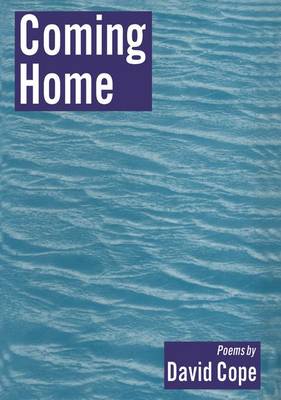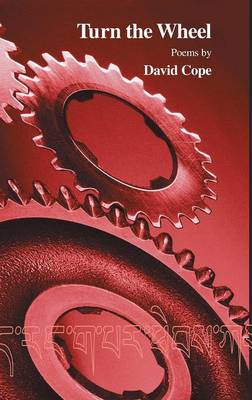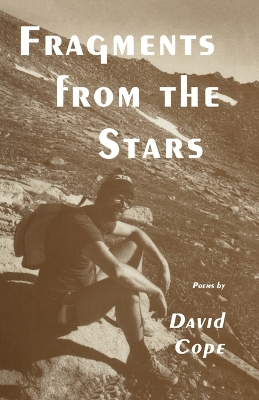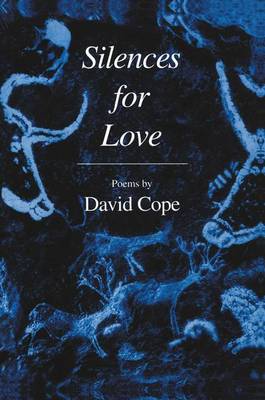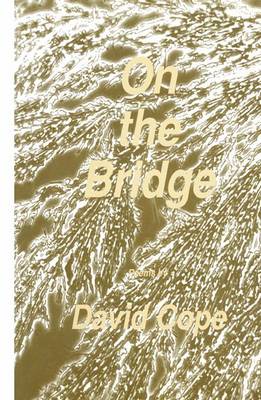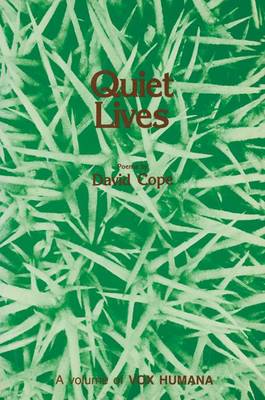Vox Humana
6 total works
David Cope's fourth collection, Coming Home, binds together the two major strands of his life and art. In poem after poem, Cope is by turn the clear-eyed strider of our broken cities, or the profoundly lyrical explorer of nature, of redemptive human intimacy in all its silence and nakedness. And often there is an extraordinary synthesis, as in: The Abandoned City if we sit long enough, will our love grow wise? the roman mottos tumble from facades & crash. where statesmen argued the language of law, cedars split paving stones & broken pillars crumble. atop the giant boulder, a maple's single thick root grips granite all the way to soil below, where we stand amazed. lovers go to sing their love hand in hand, passing a drunken cursing hulk who pitches headlong toward a red-faced hooker- she shrieks, pushing trash cans in his path, her mouth a red circle of moaning terror. O air pregnant with mouths opening like new petals, O silence humming with coos & shrieks, O rays revving cells in a single juniper needle!
In David Cope's strikingly intense new collection, Fragments for the Stars, we see the continued development of a highly original art. Rising directly out of Williams' graphic American measure, Cope's voice is everywhere infused with a characteristic stark lyricism-producing the powerful work that Carl Rakosi has called his "compassionate realism".
David Cope's fifth book, Silences for Love, is framed in elegies, prophet Martin King to old friend Allen Ginsberg, opening with lights fading & flaring over Lake Superior, closing with one leaf in the hidden meadow. Here are the weary traveler & one-eyed boy, Gettysburg sundown, sighs over Sarajevo & massacre at the Patriarch's tomb, snowstorm canoe trip ending with a brother beneath Northern Lights-deaths & weddings, reunions in companion love, Oklahoma City trail of tears, asking blessing to learn healing. Here too are long silence & welcome home: in aging harlequin & his gypsy, in the runes of the Two-Hearted River, in dreams & visions going & coming, memory of a lost friend trapped on corpse detail, rush hour traffic jam, old bridge & hidden meadow, snowstorm near-death car crash, old friend fired hence with a last call for love, free clothes, & newly unfurling leaf. Silences for Love also offers "skillful technique, attention to minute particulars & variable foot," continuing to extend the demotic traditions of American poetry established by Walt Whitman, William Carlos Williams, and Charles Reznikoff.
I have been much absorbed in David Cope's poetry as necessary continuation of tradition of lucid grounded sane objectivism in poetry following the visually solid practice of Charles Reznikoff & William Carlos Williams. Though the notions of 'objectivism' were common for many decades among U. S. poets, there is not a great body of direct-sighted "close to the nose" examples of poems that hit a certain ideal objectivist mark-"No ideas but in things" consisting of "minute particulars" in which "the natural object is always the adequate symbol", works of language wherein "the mind is clamped down on objects", and where these "Things are symbols of themselves. " The poets I named above specialized in this refined experiment, and Pound touched on the subject as did Zukofsky and Bunting, and lesser but inter esting figures such as Marsden Hartley in his little known poetry , and more romantic writers such as D. H. Lawrence. In this area of phanopoeiac "focus," the sketching of particulars by which a motif is recognizably significant, David Cope has made, by the beginning of his third decade, the largest body of such work that I know of among poets of his own generation. Allen Ginsberg Table of Contents Foreword, Allen Ginsberg. . . . . . . . . . . . . . . . . . . . . . . . . . . . . . . . v THE STARS The Line-up. . . . . . . . . . . . . . . . . . . . . . . . . . . . . . . . 2 . . . . . . . . . . . . Empty Street . . . . . . . . . . . . . . . . . . . . . . . . . . . . . . . . . . . . . . . . . . . 3 The River. . . . . . . . . . . . . . . . . . . . . . . . . . . . . . . . . . . . . . . . . . . . . . 4 Down on the Farm . . . . . . . . . . . . . . . . . . . . . . . . . . . . . . . . . . . . . . 5 The Storm. . . . . . . . . . . . . . . . . . . . . . . . . . . . . . . . . . . . .. . . . . . . . 6 American Dream. . . . . . . . . . . . . . . . . . . . . . . . . . . . . . 7 . . . . . . . . . . Baseball. . . . . . . . . . . . . . . . . . . . . . . . . . . . . . . . . . . 8 . . . . . . . . . . . . Crash. . . . . . . . . . . . . . . . . . . . . . . . . . . . . . . . . . . . . . . . . . . . . . . . 9 . Lunch Hour. . . . . . . . . . . . . . . . . . . . . . . . . 9 . . . . . . . . . . . . . . . . . . . Winter Camp. . . . . . . . . . . . . . . . . . . . . . . . . . 10 . . . . . . . . . . . . . . . . . A Circle of Lights . . . . . . . . . . . . . . . . . . . . . . . . . . . . 12 . . . . . . . . . . GO Labor Day . . . . . . . . . . . . . . . . . . . . . . . . . . . . . . . . . . 14 . . . . . . . . . . . Peace. . . . . . . . . . . . . . . . . . . . . . . . . . . . . . . . . . . . 15 . . . . . . . . . . . . .
